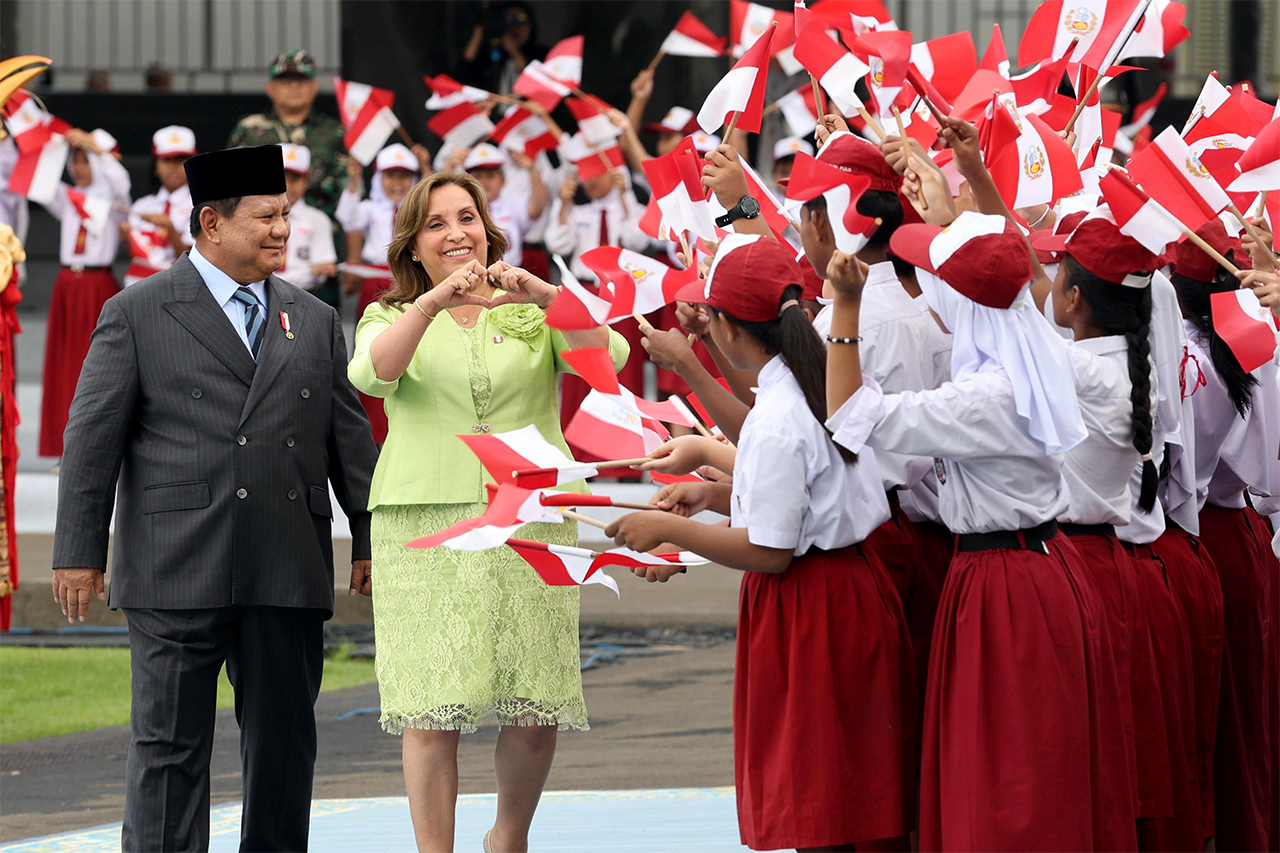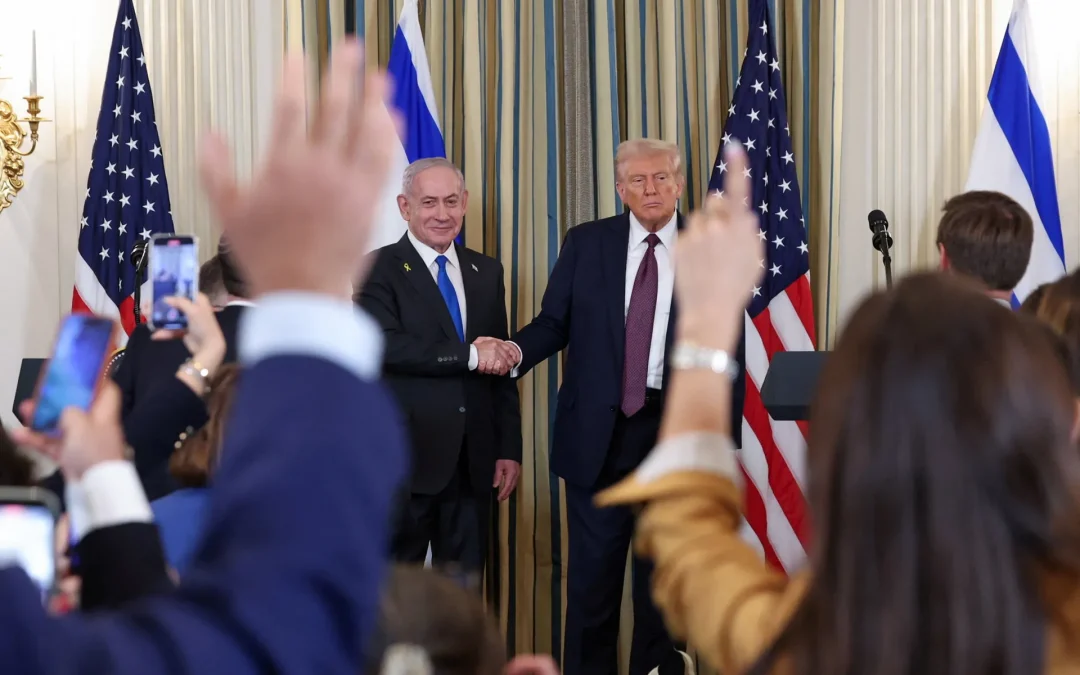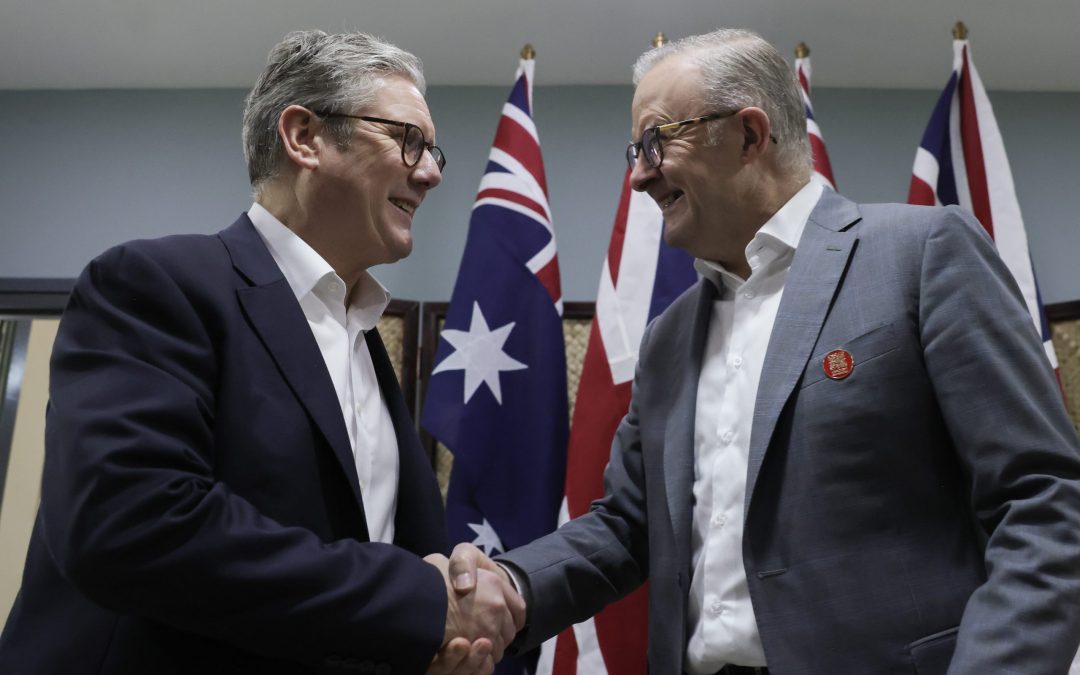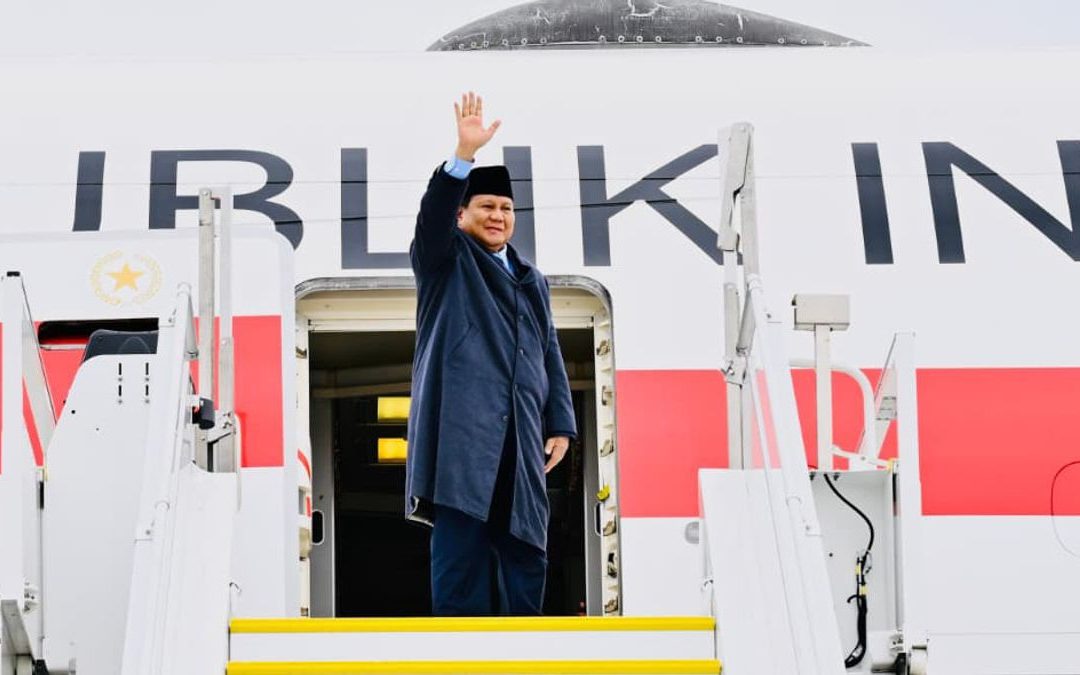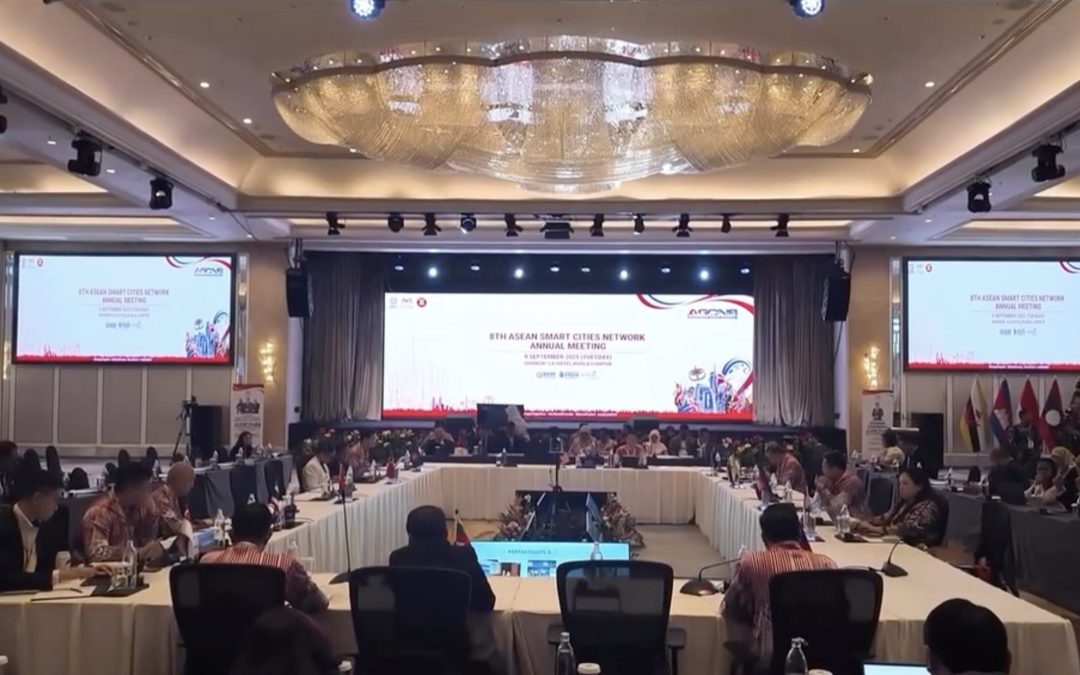Indonesia and Peru are celebrating 50 years of friendship and cooperation, a milestone in the history of bilateral relations between the two countries. This achievement is reinforced by the fact that both countries have graduated from the Least Developed Countries (LDCs) category according to the Organisation for Economic Cooperation and Development (OECD) classification, reflecting significant economic progress. However, the reality on the ground shows that there are still challenges and opportunities that require joint attention and international collaborative support. Given the strategic positions of both Indonesia and Peru in their respective regions, let us actively pursue enhanced trade cooperation and strategic partnerships to realize the full potential of this new era of historic relations.
Peru: A Growing Trading Partner
Since the early 2000s, Peru has implemented trade liberalization policies and adopted the concept of open regionalism as a pillar of its economic integration in the international market. Early achievements were evident in the free trade agreement (FTA) with the United States (2004–2006, effective 2009), followed by agreements with China (2010), South Korea (2011), Japan (2012), Singapore (2009), Thailand (2011), and the European Union (2013).
Currently, Peru has 22 active trade agreements covering the Americas, Europe, and Asia, including its membership in the Comprehensive and Progressive Agreement for Trans-Pacific Partnership (CPTPP) alongside Malaysia, Vietnam, Brunei, and Australia. At the same time, Peru is negotiating new agreements with Hong Kong, India, and the European Free Trade Association (EFTA). A recent milestone was the signing of the Comprehensive Economic Partnership Agreement (CEPA) with Indonesia on August 11, 2025, in Jakarta, which aims to reduce tariffs, remove non-tariff barriers, and open up new opportunities in trade and investment.
This strategy has contributed to Peru’s rapid growth in foreign trade. Exports, which were only around USD 7 billion in the early 2000s, jumped to nearly USD 64 billion in 2023, with mining as the primary sector, followed by growth in the agroindustry and fishery products sectors. Meanwhile, the value of imports increased from USD 8 billion in 2000 to over USD 57 billion in 2023, indicating deeper integration into global supply chains.
In addition to mining, Peru has competitive non-traditional sectors. Agroindustry recorded exports of USD 10.4 billion in 2023, including key commodities such as grapes, blueberries, avocados, mangoes, and coffee. Fisheries products for direct consumption reached USD 2.1 billion, while light manufacturing industries, such as those producing cotton and alpaca textiles, chemicals, and metals, are increasingly gaining a foothold in international markets.
Indonesia and Peru: Strategic Gateways to Latin America
Over the past decade, Indonesia has increased its exports to Latin America, particularly in capital goods (such as vehicles and machinery), intermediate goods (including biodiesel, rubber, and paper), and some primary products. In 2023, Indonesia’s total trade with the region reached approximately USD 13 billion, representing an 8.9% increase from 2018. Bilateral trade between Indonesia and Peru reached USD 444 million, resulting in a surplus of USD 290 million for Indonesia.
For Indonesia, the geographical position of Mexico, Chile, and Peru on the Pacific coast provides logistical advantages for direct connectivity to Asia. That makes Peru a strategic partner in expanding Indonesia’s economic reach in Latin America.
This enhanced relationship is reflected in the Indonesia-Latin America and Caribbean Business Fair and Forum (INA-LAC) 2024 in Lima, which featured more than 30 Indonesian companies from various sectors. The forum reaffirmed both countries’ commitment to expanding cooperation, particularly through negotiations on the Indonesia–Peru Comprehensive Economic Partnership Agreement (IP-CEPA).
Peru’s Port Infrastructure and Trans-Pacific Role
Peru has also strengthened its position in international trade routes through significant investments in port infrastructure over the past two decades. The modernization of the Port of Callao by DP World and APM Terminals has improved efficiency and connectivity. Meanwhile, the development of the Paita terminal in the north and San Martín in the south has expanded export capacity for agro-industrial and fisheries products.
Another strategic move is the inauguration of the Port of Chancay, a joint investment between COSCO Shipping (China) and Volcan (Peru), designed as a direct hub to Asia. With a travel time of only 22 days between Chancay and Shanghai, it speeds up the flow of goods to Pacific markets. Neighboring countries have even begun to use this port to access Asia, making Peru an important logistics hub in South America.
Looking Ahead to the Next 50 Years
The official visit of the President of Indonesia to Peru in 2024, reciprocated by a visit from the President of Peru to Indonesia in 2025, reaffirmed the commitment of both countries to deepen their strategic partnership. This momentum reached its peak with the signing of the Comprehensive Economic Partnership Agreement (CEPA) in Jakarta, which serves as an essential foundation for expanding trade flows, from Indonesian textile and vehicle exports to Peru’s premium agricultural products.
The scope of cooperation is not limited to trade but also encompasses knowledge and technology exchange. Peru can offer expertise in clean technology application in the mining sector, while Indonesia can share strategies for enhancing value addition in natural resource management. This synergy can also be expanded to environmental and climate change mitigation areas, aligning with both countries’ accession agendas to the Organisation for Economic Cooperation and Development (OECD).
With Peru’s strategic location on the Pacific coast and Indonesia’s central role in Southeast Asia, this partnership has the potential to become a key bridge between regions. The foundation that has been built, based on economic strength, logistical capacity, and a vision of sustainability, serves as a strong asset for Indonesia and Peru as they embark on the next five decades of increasingly robust bilateral relations.
Author : Nazwa
References :
Andi F, Tegar Nurfitra. “Indonesia, Peru Issue Joint Declaration on 50 Years of Cooperation.” Antara News. ANTARA, August 11, 2025. https://en.antaranews.com/news/372725/indonesia-peru-issue-joint-declaration-on-50-years-of-cooperation.
Antonio, Marco. “Peru – a Rising Regional Power in the Latin American Region – Kreston Menon.” Kreston Menon, May 30, 2024. https://www.krestonmenon.com/peru-a-rising-regional-power-in-the-latin-american-region/.
Bradtner, Stefanie. “Peru’s Path to a Renewable Future: Power Forecasting, Integration, and Grid Stability» GET.transform.” GET.transform, November 21, 2024. https://www.get-transform.eu/perus-path-to-a-renewable-future-power-forecasting-integration-and-grid-stability/.
Kementerian Sekretariat Negara. “Indonesia–Peru Tandatangani IP CEPA Yang Rampung Hanya Dalam 14 Bulan | Sekretariat Negara.” Setneg.go.id, August 11, 2025. https://www.setneg.go.id/baca/index/indonesia_peru_tandatangani_ip_cepa_yang_rampung_hanya_dalam_14_bulan.
Presiden RI. “Lima Dekade Persahabatan, Indonesia-Peru Sepakat Perkuat Kerja Sama Perdagangan Dan Investasi.” presidenri.go.id, August 11, 2025. https://www.presidenri.go.id/siaran-pers/lima-dekade-persahabatan-indonesia-peru-sepakat-perkuat-kerja-sama-perdagangan-dan-investasi/.
Tsuboyama, Luis. “Peru and Indonesia: 50 Years of Cooperation and Friendship.” The Jakarta Post, August 10, 2025. https://www.thejakartapost.com/opinion/2025/08/11/peru-and-indonesia-50-years-of-cooperation-and-friendship.html.

